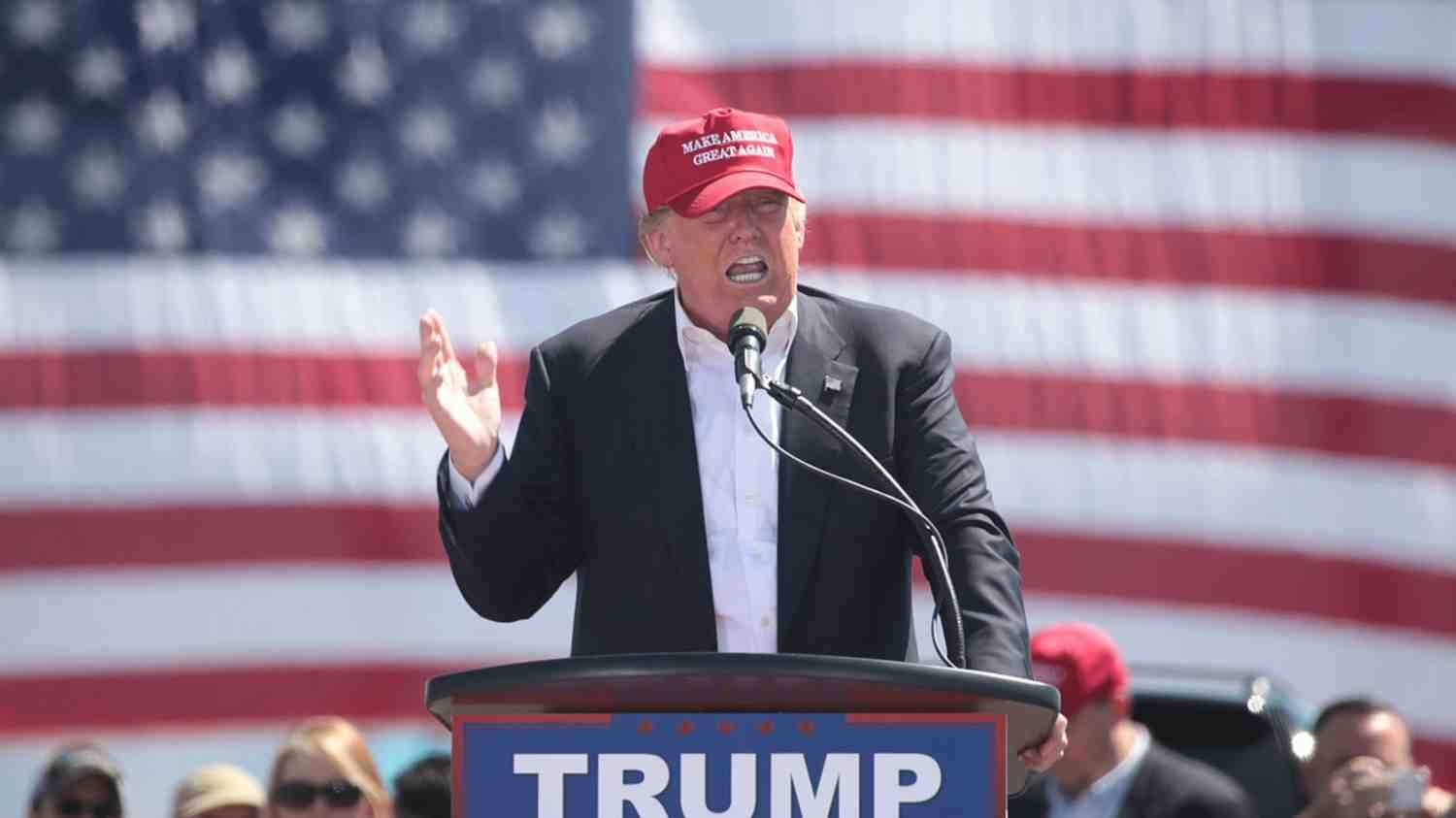What Happened — The Shutdown Unfolds
At 12:01 a.m. EDT on October 1, 2025, the U.S. federal government ground to a halt. Congress failed to pass a funding bill for the new fiscal year.
Key drivers of the impasse:
Partisan wrangling over federal spending levels, foreign aid cuts, and extension of health insurance subsidies.
Republicans insisted on a “clean” continuing resolution (no extra conditions). Democrats rejected that unless vital healthcare provisions were protected.
The Senate rejected the GOP stopgap funding bill, falling short by a few votes.
As a result, many nonessential functions paused. Essential services—like defense, post, and social security—continued under legal mandate.
What’s Going On Now — Fallout & Maneuvers
The shutdown’s ripple effects are already visible:
Furloughs & staffing chaos
Over 800,000 federal staff have been furloughed; others are working without pay.
In the White House alone, about a third of staff are now off-duty.
Some “excepted” agencies (those funded outside annual appropriations) remain operational.Economic handbrakes
Analysts estimate each week of shutdown could shave $7 billion off U.S. GDP, or even up to $15 billion in a worst-case model.
Vital economic data releases have already been delayed—including the jobs report—making policy planning harder.
Meanwhile, Trump is using the lapse as leverage to propose permanent cuts and structural changes to departments he labels “Democrat agencies.”Political power plays & funding freezes
The White House has frozen $26 billion in federal funding to Democratic states and withheld large infrastructure projects.
Critics call this political retaliation or blackmail.
There’s talk of mass layoffs rather than simple furloughs—meaning some jobs may not come back.
Reactions — From Capitol Hill to Main Street
Democrats and union leaders accuse Republicans and Trump of willingly inflicting pain to drive agenda goals.
Republicans counter that Democrats refused reasonable funding and insisted on rider demands tied to healthcare and social programs.
Public sentiment is sharply negative: a recent poll shows ~65% of registered voters oppose shutting down the government.
Even entertainment figures are speaking out. Whoopi Goldberg, on The View, openly blamed the “right” for refusing cooperation.
Compared to past shutdowns, this one is unusually aggressive—in both tactics and stakes. The use of funding freezes, structural threats, and agency targeting signals a bold shift in how shutdowns may be weaponized.
Why This Shutdown Feels Different
Several factors make this moment more dangerous than previous lapses:
Data blackout at a critical moment
Without fresh labor, inflation, or GDP figures, the Federal Reserve and markets are navigating blind.Strategic lever pulling
Instead of treating the shutdown as temporary pain, the administration is pushing permanent cuts, making structural changes, and targeting specific states.Threats to rehire vs. elimination
This time, some federal workers may not return. That changes the stakes deeply for employees and unions.Political context amplified
With Trump in full control of the White House and a Republican Senate, the shutdown doubles as a strategic tool ahead of 2026.
What Comes Next — Paths Forward & Risks
Several forks lie ahead:
Shutdown ends via compromise
A deal could be stitched — likely with softened demands or concessions on healthcare, subsidies, or spending floors.Prolonged stalemate
As time drags, economic stress deepens. States might start covering programs temporarily. Market volatility could spike.Reshaping the federal state
If cuts become permanent, certain departments will be downsized or folded. The balance between “essential” and “nonessential” could shift fundamentally.Institutional shifts & court fights
Agencies, unions or states may litigate against funding freezes or claimed executive overreach.Public backlash & electoral fallout
Voter disillusionment may ripple into 2026, punishing whichever party looks most culpable.
The next few days are pivotal. Whether this shutdown ends quickly—or becomes a turning point in federal governance—will depend on whether political strategy yields to practical governance.

